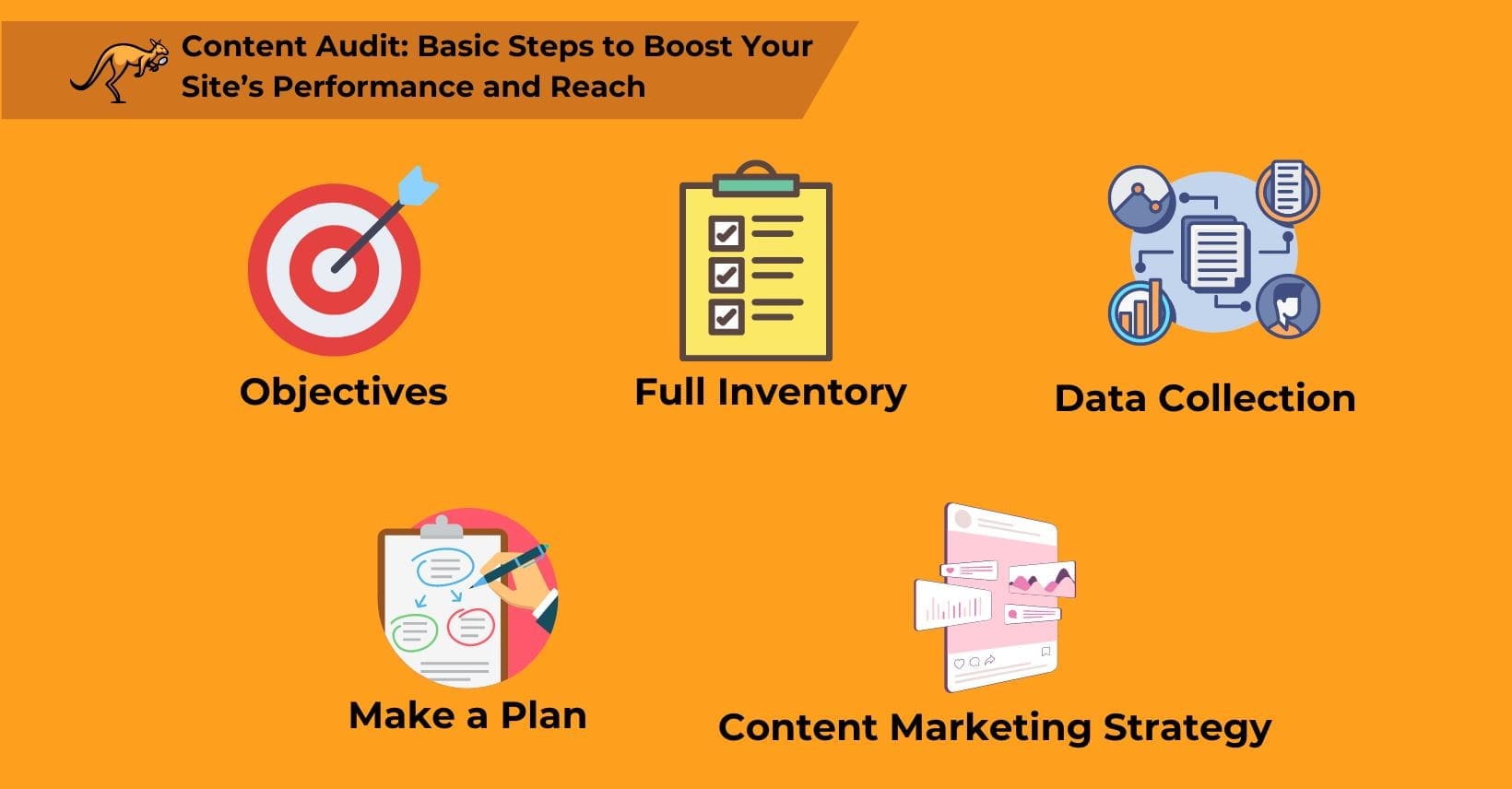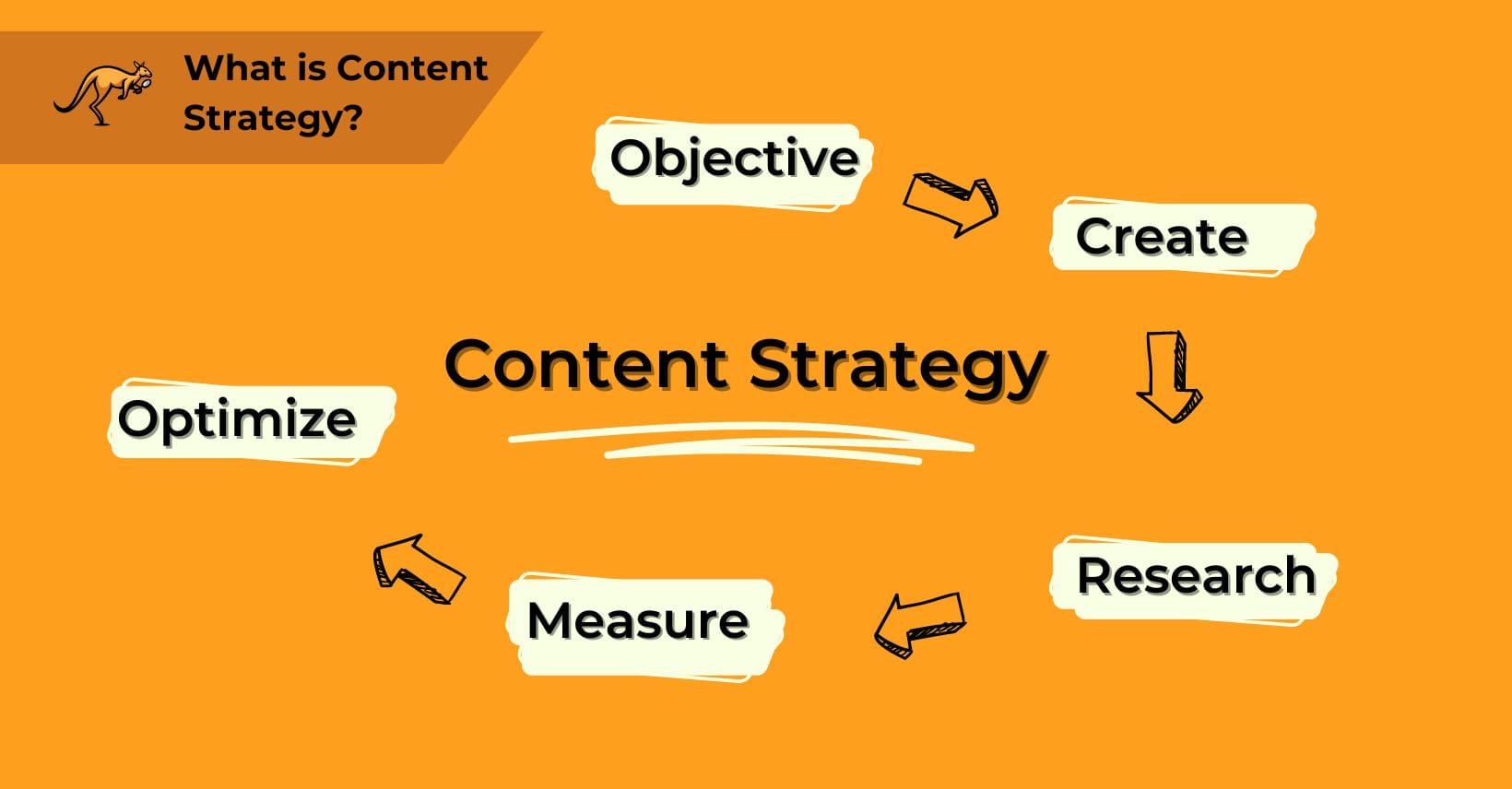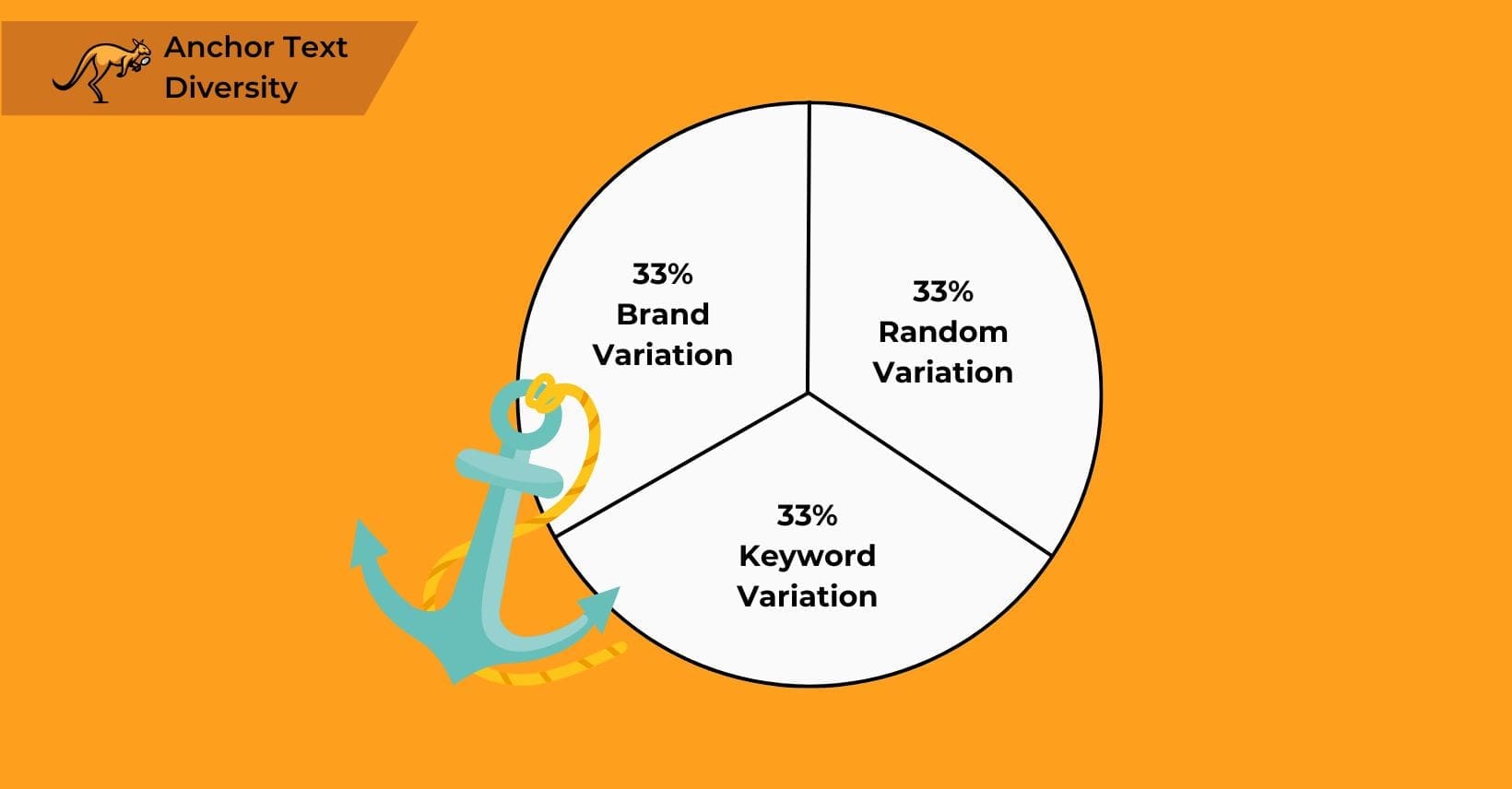Keeping track of all the content you’ve created for your website can be challenging, even when putting in your best effort.
However, the content you’ve already produced is crucial, perhaps even more so than what you plan to create.
A small adjustment to your existing content can potentially increase your revenue significantly.
How well is your website’s content performing? Do you remember that blog post from two months ago or what you posted two years back? It’s easy to forget, so conducting a content audit is essential.
If you haven’t considered organizing your website’s content through an audit, now might be the time to start. It’s a strategy that improves your search engine rankings and helps you plan future content by identifying what’s missing.
Content audits allow you to systematically arrange your analytics, making reviewing your past content easier and recognizing your top-performing posts.
How often do you check the effectiveness of your content as a marketer? Are you using these insights to enhance your future marketing campaigns?
We’ll further discuss how assessing the state of your existing content through a content audit can form a core part of your ongoing content strategy.
What is a Content Audit?

A content audit systematically reviews all the pieces on your website, aligning them against certain standards to ensure they meet your goals.
This process involves cataloging your existing content, identifying areas for enhancement, and spotting topics that require more coverage.
You can choose the scope of your audit—whether it encompasses the entire site or focuses on specific sections like blogs or particular categories.
Committing time to a full-scale review of your content is advisable, as the insights gained can substantially benefit future content strategies.
As you ponder the effectiveness of your content in meeting user needs, you might wonder about the underlying objectives of performing such an audit.
What is the Purpose of a Content Audit?
Performing a content audit on your website could boost visitor numbers and improve user interaction. Starting with the basics, such audits reveal parts of your site that need better search engine optimization.
For instance, while you may regularly include meta descriptions in your blog posts now, audits can highlight older posts that lack these essential elements and need updates.
They also uncover new SEO opportunities, like the potential benefits of integrating keywords into your headlines to help search engines understand and accurately promote your pages, thereby drawing more organic traffic.
Additionally, content audits are instrumental in refining your website’s content for clearer reader comprehension. If certain product page links are found to be broken during an audit, you’ll know to fix them, ensuring smoother navigation for your visitors.
With these improvements, your website can serve content more efficiently and effectively, setting the stage for the next valuable step: exploring the benefits of performing content audits, which promises to further enhance your site’s performance and audience engagement.
The Benefits of Performing Content Audits
Conducting content audits is essential for maintaining your website’s relevance and usefulness. By reviewing your site’s existing posts, you can identify which ones continue to add value and which may need updates to stay current and effective.
Such audits serve as benchmarks, guiding the creation of new content that adheres to established quality standards.
Regular content audits offer clear advantages. They ensure that your information remains accurate, relevant, and beneficial to your audience.
As you refine these processes, you might wonder which specific pieces of content require updates to meet evolving reader needs and industry trends. This naturally leads to considering methods to pinpoint outdated content.
Finding Out Which Content Needs To Be Updated
A content audit effectively evaluates your material, identifying strengths and highlighting areas for enhancement. You’ll encounter specific issues such as broken links, untapped keyword opportunities, and absent metadata.
Addressing these problems can notably boost the usability and visibility of your content in search results.
Such insights pave the way for refining your future content strategy, subtly suggesting improvements to serve your audience better and enhance your online presence.
Informing Your Future Content Strategy
Regular reports from your content management tools ensure you stay aligned with your content marketing strategy.
However, conducting audits offers a broader perspective, allowing you to assess areas for improvement and tackle particular issues or goals.
Content audits generate valuable data, enhancing SEO, revealing strengths and weaknesses, suggesting new topics, deepening audience understanding, and identifying opportunities to revise your content strategy.
As you improve these strategies, it’s also wise to sharpen your focus on developing your brand, ensuring each piece of content meets current needs and contributes to long-term growth.
Focus Your Brand Development
Whenever you share content, it connects with your audience, signaling that you are current, meticulous, and proficient.
As your industry, products, services, and brand continuously evolve, staying ahead of your competitors is crucial for success.
Conducting regular content audits ensures that your communications maintain a consistent style and tone, are accurate, and present a polished online identity. These audits allow you to track your brand’s performance against competitors and keep pace with industry trends.
Such periodic reviews ensure each interaction with your content reinforces your authenticity, expertise, and trustworthiness.
By identifying successful strategies through audits, you can focus on replicating these successes. Keeping your content library fresh and relevant also plays a vital role in maintaining this cycle of positive engagement.
Keep Your Content Library Up To Date
Conducting content audits allows for effective management of your company’s collection of materials. A shared content library acts as a valuable resource.
When departments access the content team’s archives, they can repurpose materials efficiently, enhancing the quality of various documents, from one-pagers to new blog posts.
The content team’s insight into sales and marketing data aids in pinpointing key themes, addressing relevant topics, and adding context to interdepartmental communications.
Additionally, a content library simplifies the integration of new employees, supporting business growth and scalability.
Optimizing your content involves smart storage and perfecting how it reaches and impacts your audience, ensuring that every piece effectively serves its intended purpose.
Optimize Your Content so it Performs Perfectly
Conducting content audits allows for effective management of your company’s collection of materials. A shared content library acts as a valuable resource.
When departments access the content team’s archives, they can repurpose materials efficiently, enhancing the quality of various documents, from one-pagers to new blog posts.
The content team’s insight into sales and marketing data aids in pinpointing key themes, addressing relevant topics, and adding context to interdepartmental communications.
Additionally, a content library simplifies the integration of new employees, supporting business growth and scalability.
Optimizing your content involves smart storage and perfecting how it reaches and impacts your audience, ensuring that every piece effectively serves its intended purpose.
How to Perform a Content Audit
After selecting a content audit template that suits your needs, it’s time to organize a detailed audit of your website.
We’ll guide you through a series of steps designed to effectively assess and enhance your website’s content. As part of this process, having a clear checklist will ensure that no detail is overlooked.
Step 1: The Objectives of Your SEO Content Audit
A content audit requires careful planning and clear objectives to gauge its effectiveness. Start by aligning the audit with your company’s goals to understand its potential benefits.
For instance, are you aiming to enhance your search engine visibility? Properly optimizing your existing content can significantly improve your SEO rankings and increase organic traffic.
This approach often proves more cost-effective than trying to improve the ranking of new pages.
Additionally, examining page analytics could reveal opportunities to engage visitors longer and encourage them to share your content.
Tools like the Engagement Report from Google Analytics can help you spot trends and identify which pages engage more users or which ones are losing traction.
Also, analyzing interactions on social media—views, comments, and shares—can guide you in pinpointing content styles that resonate with your audience.
With these insights, your next move could be to tweak your content strategy to boost conversions.
Assessing whether your content provides a positive user experience and is optimized for conversions is crucial.
As you wrap up this initial review, prepare to thoroughly inventory all your content assets, which will naturally follow, ensuring you have a complete overview to work from for further enhancements.
Step 2: Fully Inventory All Your Content Assets
Begin by choosing the type of content you plan to review, then compile a list of URLs and metrics to evaluate. This marks the start of your audit process.
For small websites with limited pages, manually collecting links is a feasible approach. However, consider employing content inventory tools for larger sites with an extensive collection of content.
The absence of a sitemap necessitates using a sitemap generator tool, which is crucial for conducting a thorough content audit and aiding search engines in comprehending your site’s structure and identifying all pertinent pages.
Once you’ve collected your URLs, organize them in a spreadsheet, like Google Sheets, to facilitate easy access and collaboration, especially if working with a team.
Gathering metadata for each content piece is advisable as it aids in pinpointing and addressing issues within a single document. Incorporate all data from your articles into your content audit spreadsheet.
The organization and analysis of this data sets the stage for the next phase, where we go into the collection and analysis of data to further refine and enhance your website’s content strategy.
Step 3: Data Collection and Analysis
Data collection can be challenging and often requires significant time and effort. Typically, it involves pulling information from various sources and manually inputting it into a spreadsheet.
For those looking to expand their data collection, multiple analytics tools are available that can assist in a content audit. Google Analytics stands out as particularly effective for gathering and analyzing the necessary data.
Understanding how Google Analytics operates could enhance our ability to make informed decisions based on the data it provides.
Google Analytics
Google Analytics serves as a powerful tool that gathers data on website traffic, user interactions, and conversions. This tool aids in evaluating how well your content performs and pinpointing your most effective pages.
To access this data, go to Reports > Engagement > Pages and Screens within your Google Analytics dashboard. You can look up specific pages to see metrics like engagement rate, views, and conversion numbers.
If you manage a blog, narrow down your search by adding ‘/blog/’ to refine results. Additionally, you have the option to export this data in PDF or CSV formats via the button located in the upper right corner.
Once you have your data ready, you can start populating your content audit template.
As we monitor the movement and behavior of visitors on your site, tracking their positions reveals more about their interactions and preferences.
Position Tracking
To track your keyword rankings effortlessly, initiate a report using Position Tracking.
This approach helps pinpoint good and bad trends in user engagement and metrics, prompting necessary actions.
For example, witnessing a drop in the popularity of certain keywords might signal the need to refresh your content, ensuring it stays aligned with the currently ascending keywords.
As you refine your strategy, exploring additional tools that seamlessly integrate with these insights is also smart, further sharpening your online visibility.
Google Search Console
Google Search Console efficiently monitors SEO data, detailing how users are crawled, indexed, and served by your website. It requires minimal monitoring as it proactively sends email notifications if your website encounters issues.
This tool is also beneficial for tracking search impressions and click-through rates (CTR); simply access the “Search results” report to view data for specific queries or URLs, providing extensive traffic data for your SEO content audit.
Upon collecting all relevant data with your chosen content inventory tools, analyzing these data points gathered in your content audit templates is essential.
Consider whether certain blog topics outperform others, if word count affects user engagement, or if specific meta descriptions, internal links, or landing pages are particularly effective or ineffective.
Identifying these patterns is a crucial aspect of a site audit. After this, you should organize your content into four distinct categories within your audit template, starting with content that is effective as is and moving toward strategic categorization for optimization and enhancement.
This systematic approach paves the way for a detailed plan to refine and enhance your website’s content strategy.
Step 4: Make a Plan
After evaluating your content, develop a plan that aims to enhance performance. Begin by recalling the objectives you set in Step 1, and tailor your strategies for each URL accordingly.
Each investment in your content strategy should directly align with an existing business goal. For instance, if your SEO audit aims to improve ROI, focus on elevating conversion rates on your ecommerce sites.
Additionally, refine your on-page SEO and optimize title tags to attract more organic traffic.
Arrange your actions by assessing the alignment of business goals with the required effort.
Assign a specific course of action for each content item, possibly including a new column in your audit template for clarity. Begin with content that is performing adequately and maintain it as is.
For your most effective pages, consider repurposing them as part of a funnel strategy, using internal links to guide users to additional content.
Address the content that needs updating next; these pages may benefit from a longer word count, targeted keywords, or updated meta descriptions to enhance SEO performance meaningfully.
Lastly, identify content that does not contribute to your SEO goals and consider removing it if updates are not justifiable.
As you adjust your strategy, it’s essential to continuously revisit and refine your content based on these insights to keep your marketing efforts effective and aligned with your business objectives.
Step 5: Adjust Your Content Marketing Strategy to Fit the Data
When undertaking a content audit for your website, remember to align it with your enduring content strategy, particularly as you refine your marketing materials.
Keeping a log of your top achievements and errors allows you to modify your approach to better connect with your audience and enhance outcomes.
If your sector changes often, consider setting up more frequent audits.
Stay updated with these shifts and devise fresh ways to reach and resonate with your audience.
Although you may continue to employ preferred SEO tools to manage your content, the audit is instrumental in pinpointing outdated pages and market segments that could benefit from more focused content efforts in the future.
Refer to your content audit checklist as a blueprint for upcoming tasks. Compiling a content audit template might require effort, yet the collected data is invaluable.
This information ensures your page’s meta descriptions align with your goals without overfilling them with keywords, thereby avoiding search engine sanctions.
As you collect and analyze such data, consider what types should be included in your content audit template to maximize its effectiveness for future strategies.
What Data Should You Include in your Content Audit Template?
Content audits aim to achieve various goals, so there is no definitive list of data points to collect.
Here are several content categories you might consider for your audit. Note that this list isn’t exhaustive, and certain data points may overlap between categories.
Your content audit checklist should act as a foundation for future projects. Although creating a content audit template demands effort, the data collected will help optimize your page’s meta description.
This optimization aims to meet your goals effectively without overloading keywords, which could lead to search engine penalties.
Refining your content enhances current projects and subtly sets the stage for exploring structured content, which can further streamline how information is managed and utilized.
Informational Content

The data from your website, such as summaries, titles, meta descriptions, word counts, and keywords, plays a key role in content audits.
These details offer a clear view of what your site contains and aid in analyzing its performance through tools like Google Analytics. While gathering this data can sometimes require manual effort, plugins, and software are designed to streamline the process.
This foundational data guides the direction of enhancements, ensuring that every aspect of your site, especially the meta descriptions, aligns with your goals without overstuffing keywords and risking penalties from search engines.
As we consider the alignment of content with objectives, the importance of assessing the quality of your content becomes apparent, leading us into a discussion on qualitative content analysis.
Qualitative Content
Qualitative data is gathered manually, ensuring content quality, brand consistency, and reputation maintenance.
This category of a website content audit covers aspects such as tone, language, readability, images, and broken links, and it extends to how your pages stack up against competitors and their search engine optimization attributes.
Collecting this type of data is crucial for evaluating content. Still, monitoring is more challenging than straightforward, factual content types.
Ensure your content audit checklist guides your future efforts. Crafting a detailed content audit template takes effort, but the data collected is valuable.
It aids in optimizing your page’s meta description to meet your goals effectively without overloading on keywords that could lead to search engine penalties.
Refining your approach, including measured numerical data, could further sharpen the precision of your content strategies.
Quantitative Content
The data provided serves as a reliable benchmark, allowing you to set measurable goals that you can track through key performance indicators in content marketing. These metrics are crucial for assessing your site’s health and efficiency.
Tools like Google Analytics and Google Console offer insights based on your monitoring scope and the volume of content reviewed.
However, for a more comprehensive understanding of off-page SEO factors such as keyword positions, inbound links, organic views, linking domains, and visitor bounce rates, you might need to utilize specific tools like Ahrefs or Screaming Frog.
You’ll likely need multiple tools to capture all necessary data points effectively.
Once gathered, this data not only aids in refining your website’s meta descriptions but also helps align them closely with your goals, avoiding the pitfalls of keyword stuffing and potential search engine penalties.
As you develop your content audit checklist, consider how these strategies can enhance your site’s search engine optimization, leading naturally into exploring top tips for a website content SEO audit.
Top Tips for a Website Content SEO Audit
A content audit, even a basic one, can enhance your content and boost traffic, especially when paired with content quality and writing tools. A thorough SEO audit can maximize these benefits by ensuring optimal outcomes from your efforts.
Here are our top tips to ensure your content audit is effective:
Refer to your content audit checklist as a roadmap for future improvements.
Although creating this template requires time, the data collected will help you fine-tune your page’s meta descriptions to meet your goals effectively without overloading on keywords and risking penalties from search engines.
While it’s vital to distinguish a content audit from regular reporting, the clarity and direction it provides can prevent common misunderstandings about their purposes.
Do Not Confuse Content Audits with Regular Reporting
Regular reporting and content audits serve distinct purposes in content management. Content audits, typically conducted annually or to address particular issues, involve thoroughly reviewing all content elements.
They are labor-intensive but crucial for overarching content strategy adjustments. In contrast, regular reporting is a more frequent and less cumbersome activity that monitors ongoing performance against key performance indicators (KPIs) and trends.
This continuous monitoring helps maintain day-to-day content effectiveness and gathers vital data.
Such data assists in refining your content audit checklist, ensuring that even meta descriptions align with your goals without overstuffing keywords and risking penalties from search engines.
In managing your content, it’s important to have the right tools and strategies to maintain and improve your pages’ effectiveness.
Choose the Right Pages
In general, you should always choose pages for the content audit based on their value to the aims of your website.
However, it is also crucial to evaluate pages that have not been updated in a long time or pages where performance is declining. You may, however, choose to update material before its metrics begin to drop.
For example, if you have multiple high-performing, evergreen pages, you may wish to examine and update them on a regular basis.
Conducting frequent content audits is the best approach to keep all of your material relevant and up to date. The results of such audits should then be used to update pages that require attention.
For a step-by-step guide on how to get your name on Google and enhance your online visibility, find here valuable insights and actionable strategies to elevate your digital presence.
The Vital Importance of Conducting Content Audits
Regular content audits are critical for any dynamic website aiming to maintain relevance and effectiveness in a rapidly changing digital landscape.
Through these audits, businesses gain invaluable insights into the performance of their content, allowing them to make informed decisions on updates, enhancements, and strategic realignments.
The process ensures that content remains engaging and useful for the target audience and helps optimize SEO efforts, ultimately leading to improved search engine rankings and increased organic traffic.
Companies can continuously refine content based on audit findings to foster a robust online presence, effectively meeting their marketing objectives and supporting sustained business growth.
In sum, a well-executed content audit is not just a maintenance task—it’s a strategic tool pivotal for your digital content strategy’s ongoing success and competitiveness.





